Austin-based startup Terradepth aims to map the ocean floor and its
environments with thousands of autonomous robotic submarines.
[Image: courtesy of Terradepth]
[Image: courtesy of Terradepth]
From FastCompany by Susan Karlin
In 2005, Joe Wolfel and Judson Kauffman were a year into their Navy SEAL careers when they received a briefing on the USS San Francisco, a nuclear-powered submarine that had crashed into an undersea mountain, in large part due to uncharted waters.
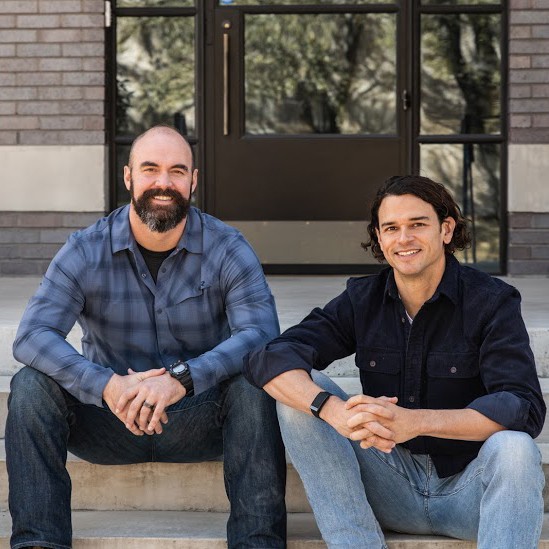
Joe Wolfel (left) and Judson Kauffman [Photo: courtesy of Terradepth]
“The Navy really doesn’t have charts or maps of very much of the seafloor at all,” Kauffman says.
Even now, 80% of the ocean remains unmapped, according to the National Oceanic and Atmospheric Administration.
“That was the first time that either one of us understood the level of ignorance that exists around this subsea world, so that kind of planted a seed.”
Still, their scheme for hurdling that challenge wouldn’t germinate for another dozen years, after the pair parlayed their military experience into a business consultancy and began noting the burgeoning array of space exploration robotics.
“One day we looked at each other and said, ‘Why isn’t anybody taking this technology—autonomy, AI, and machine learning—and finding a way to map the ocean?’ ” Kauffman says.
Still, their scheme for hurdling that challenge wouldn’t germinate for another dozen years, after the pair parlayed their military experience into a business consultancy and began noting the burgeoning array of space exploration robotics.
“One day we looked at each other and said, ‘Why isn’t anybody taking this technology—autonomy, AI, and machine learning—and finding a way to map the ocean?’ ” Kauffman says.
“There’s a whole lot of room for modern technology to come in and disrupt the world of ocean exploration and the industry of ocean surveys.”
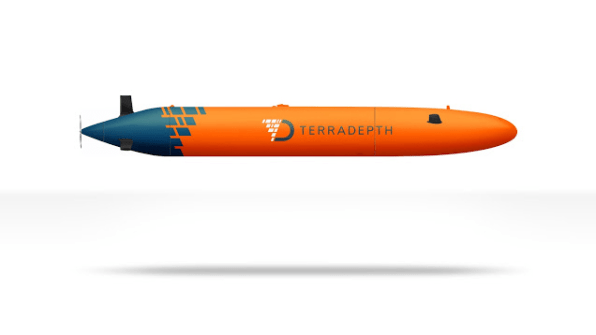
[Image: courtesy of Terradepth]
That vision has since blossomed into Austin-based Terradepth, a data service company that has developed a new type of robotic submarine to autonomously map the ocean and its varied environments.
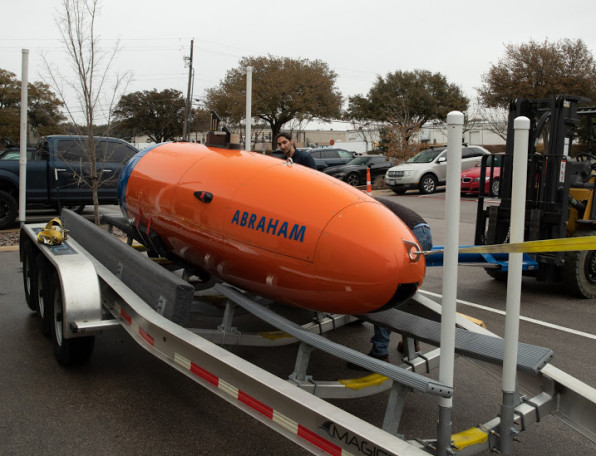
[Photo: courtesy of Terradepth]
The 30-foot-long submersible uses a camera and sensor suite to collect data, then employs machine learning to process it, discern what’s important, and reprogram itself to return to a location and test for additional information—all without human intervention.
The system relies on edge computing, which can analyze information and solve problems at the data source in near real time.
The team successfully ran the submarine through its first on-site paces in nearby Lake Travis earlier this month, paving the way for more robust testing in the Gulf of Mexico within three weeks and along the Florida coast after that.
Along with a camera, the submarine utilizes two types of sonar as well as depth, navigational, temperature, and geolocation instruments.
It can dive to nearly 20,000 feet, which allows it access to 98% of the ocean.
A mission autonomy computer calculates route planning, while a payload autonomy computer determines which system to turn on and what task to accomplish.
The system can also geotag the precise location of data samples.
Although the prototype runs on the same crude oil used to power ships, future iterations will use a more environmentally friendly hydrogen fuel cell generator currently awaiting a patent.
The system autonomously recharges at sea.
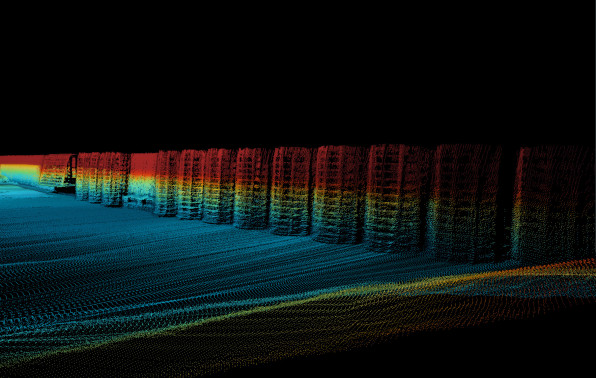
[Image: courtesy of Terradepth]
The endeavor has already piqued the interest of the maritime data collection industry and billionaire businessman Richard Branson, who is following its progress.
In just three years, the Terradepth team was able to build a successful prototype on a modest budget and staff for this type of research by reconfiguring existing technology.
That involved $8 million in seed money from data storage manufacturer Seagate Technology and a dozen engineers who’d previously worked on projects such as Tesla’s autonomous driving products and the Mars Pathfinder.
Terradepth is planning a second round of financing in about six weeks.
The leap forward was the team’s integration of off-the-shelf components.
The leap forward was the team’s integration of off-the-shelf components.
“No one had ever put them together with the level of machine learning and autonomy that we required,” says Kauffman, who serves as co-CEO with Wolfel.
“The big question was, is this thing going to be able to do its job without human intervention, because no one’s ever really done that to the degree that we’re trying to do it.”
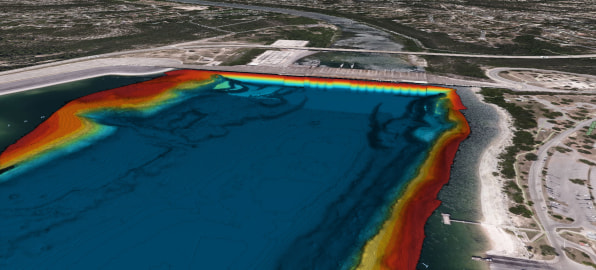
[Image: courtesy of Terradepth]
Before founding their startup in 2018, the entrepreneurs ran their idea by the Autonomous Underwater Vehicles Laboratory at the Massachusetts Institute of Technology.
“We said, ‘We’ve got this leapfrog concept,’ and sketched it out on a whiteboard.
And we said, ‘Are we crazy, or is this good? What do you think?’ ” Kauffman says.
“They went around the room and said, ‘Wow, it’s actually a really good idea. You should patent that immediately!’ ”
“It was a big surprise, that these two knuckleheads came up with something that some of the smartest engineers in the world didn’t see,” he adds with a laugh.
“It was a big surprise, that these two knuckleheads came up with something that some of the smartest engineers in the world didn’t see,” he adds with a laugh.
“One of their comments was, ‘We were probably staring at the problem too closely to see this kind of a solution.’ ”
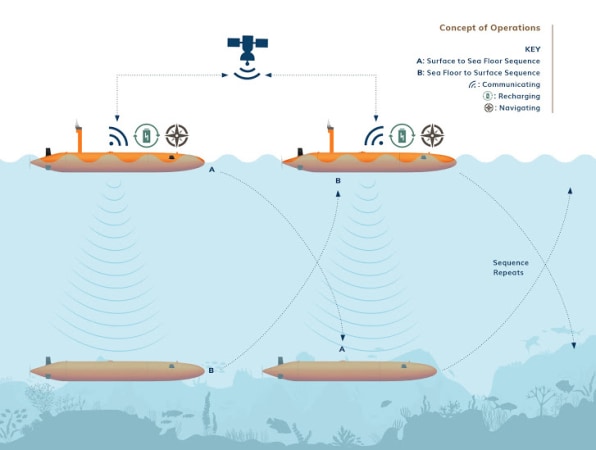
[Image: courtesy of Terradepth]
Wolfel and Kauffman see Terradepth as a complement to existing ocean mapping and exploration initiatives, such as those conducted by NASA, Woods Hole Oceanographic Institution, the Nippon Foundation-GEBCO Seabed 2030 Project, and the Monterey Bay Aquarium Research Institute’s Seafloor Mapping Lab, which assisted in the probe’s sensor development.
Data from various mapping missions would be shared with research partners, sold to commercial clients, and stored in a cloud-based ocean data management system for the public.
“So it’s like a Google Earth of the oceans,” Kauffman says.
He and Wolfel plan to eventually add sensors to collect chemical, biological, and environmental DNA information to assimilate into the mapping data, which could unveil undiscovered patterns over time.
He and Wolfel plan to eventually add sensors to collect chemical, biological, and environmental DNA information to assimilate into the mapping data, which could unveil undiscovered patterns over time.
The goal is to have a networked fleet of 5,000 to 10,000 robots continuously collecting and adding to existing data sets for increasingly detailed maps that show how environmental factors are changing subsurface terrain.
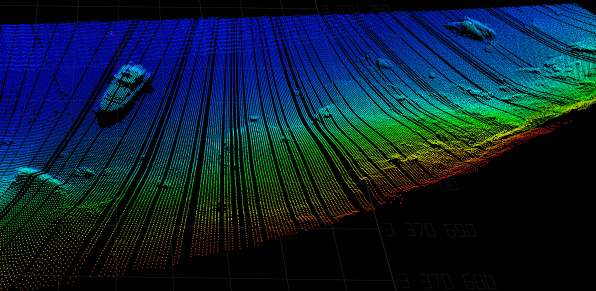
[Image: courtesy of Terradepth]
Eventually, such ongoing monitoring could better illustrate the interactions between marine ecosystems as well as their relationships with the terrestrial world, like weather and bird migrations.
“Once you gather all the data for your first map, it’s not game over,” Kauffman says.
“There’s so much data in the ocean and so much that changes, it’s difficult to make sense of it when you just have little tiny pieces. And right now, with climate change, this is pretty valuable data.”
environments with thousands of autonomous robotic submarines. Links :
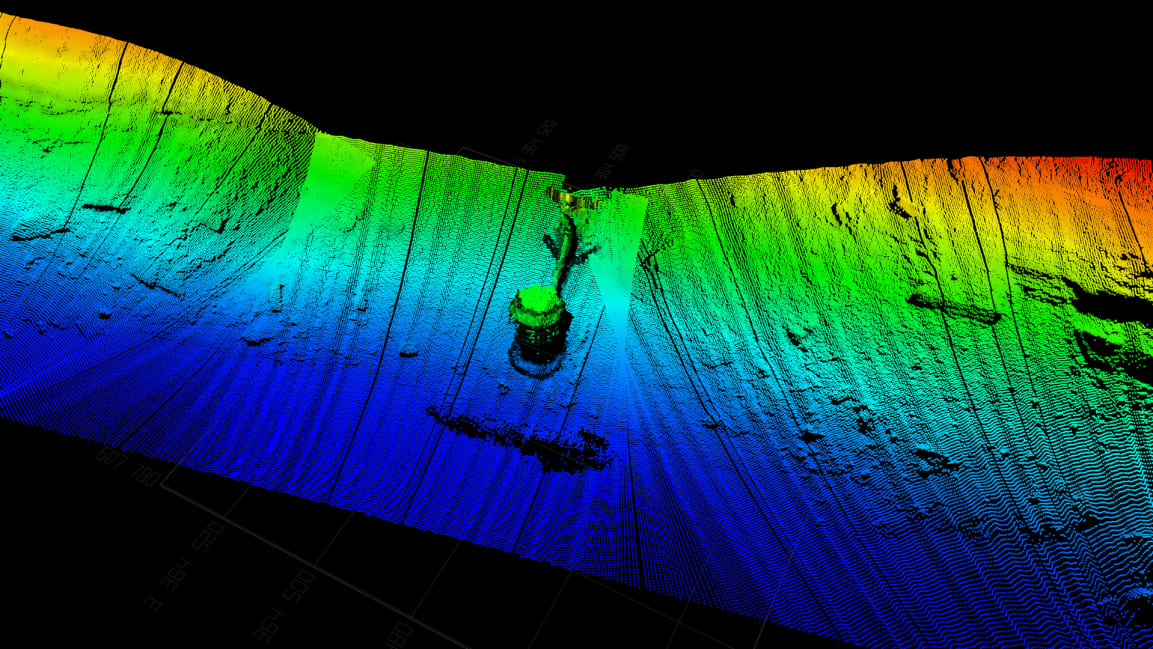
Forbes : Terradepth Autonomous Sub Dives Into Mapping World’s Oceans, Making Data Freely Available
ReplyDelete